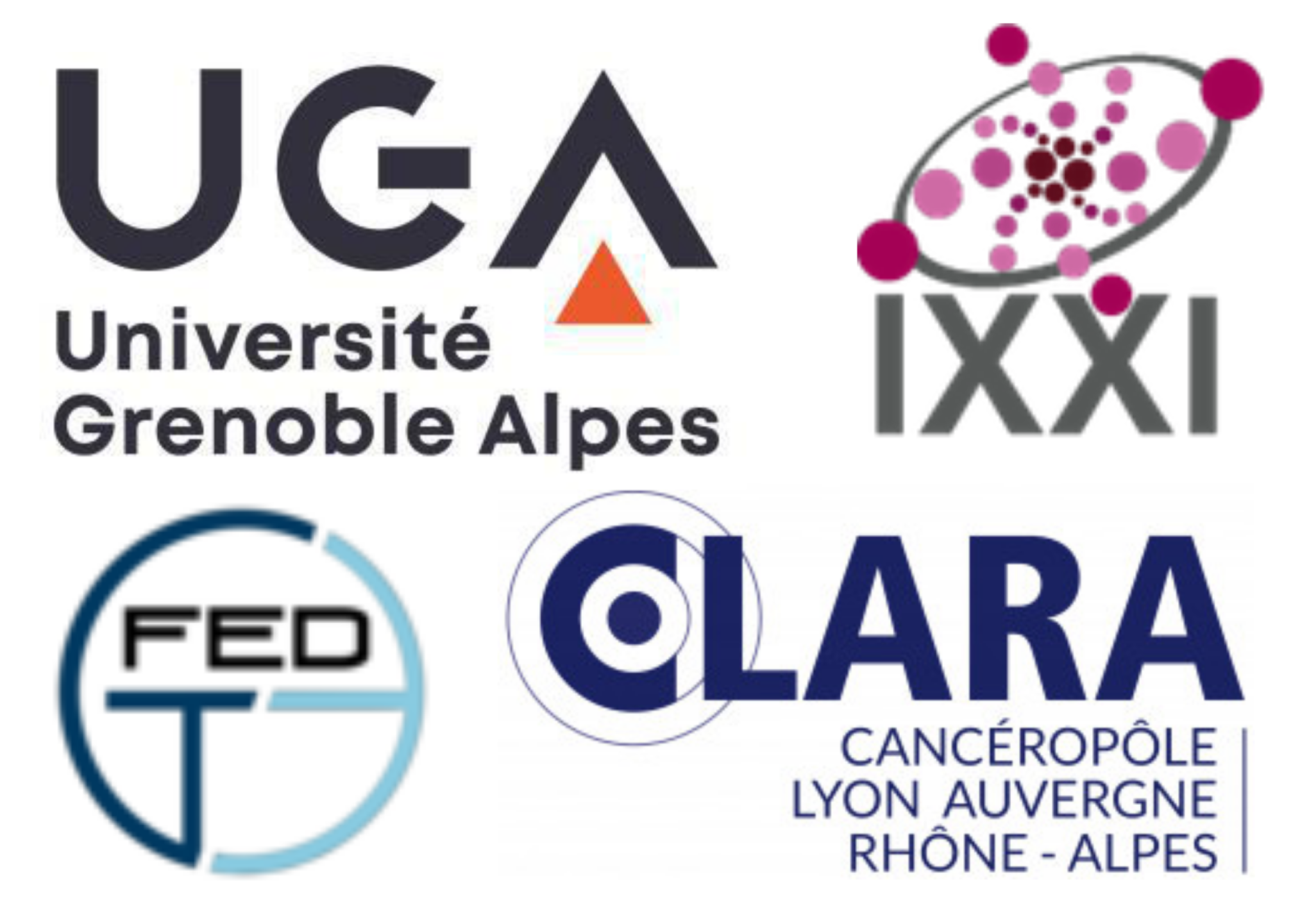In the flowering plant Arabidopsis thaliana, the pollen tube navigates through the female organ to deliver the immobile sperm cells to the ovules for fertilization. The pollen tube first penetrates the cell wall (CW) of the female epidermal stigmatic cell (papilla) and progresses inside the CW, constrained to follow a trajectory towards the papilla basis. Our team recently proposed that the guidance of pollen tube trek in this first step of sexual reproduction obeys mechanical cues pre-existent in the papillae. To date, little is known about papilla guiding factors, and neither whether the pollen tube obeys major rules while it navigates in the papilla, e.g., geometrical rules. It is necessary now to provide accurate experimental data to minutely examine this interaction between the pollen tube and the papilla and find new clues to decipher this complex guidance process. Data will be extracted from in vivo high-resolution imaging describing the tube growth pattern in the papilla curved surface, to next identify features relevant to the mechanical behavior of the pollen tube path. For this purpose, we are establishing a complete workflow, linking targeted pollination in the papilla to the acquisition of high-resolution confocal images of pollen tube-papilla interaction, followed by image segmentation and 3D reconstruction of the interaction partners with a computational platform developed in our lab (GNOMON) devoted to analyzing the development of living forms in 3D. Thus, using this workflow we want to address mechanical questions regarding the pollen tube trek on the stigma: its natural receptive female platform.
 |
Mechano-Biology and Physics of Life (6th edition)25/01/2024 - Grenoble (France) |
 |
|
|
|
Abstracts > Legrand JonathanAn image-based workflow to study whether mechanical rules guide the trek of pollen tubes in the stigma
1 : Reproduction et développement des plantes
* : Corresponding author
Ecole Normale Supérieure de Lyon, Université Claude Bernard Lyon 1, Centre National de la Recherche Scientifique, Institut National de Recherche pour l’Agriculture, l’Alimentation et l’Environnement
|
 PDF version
PDF version
